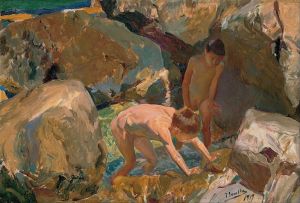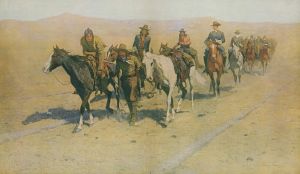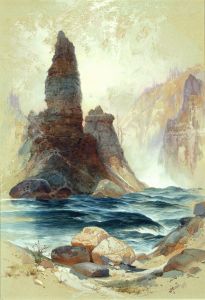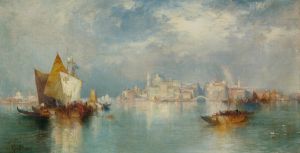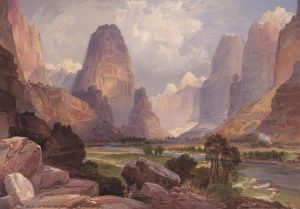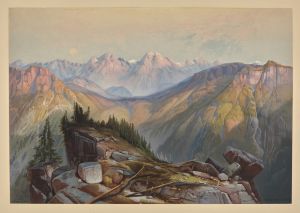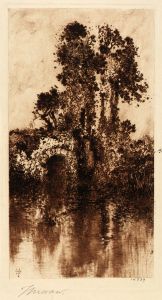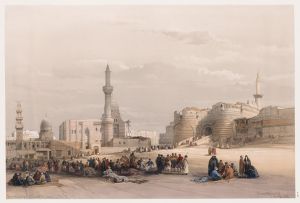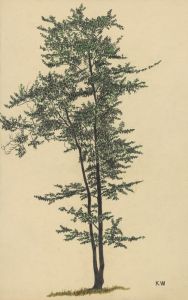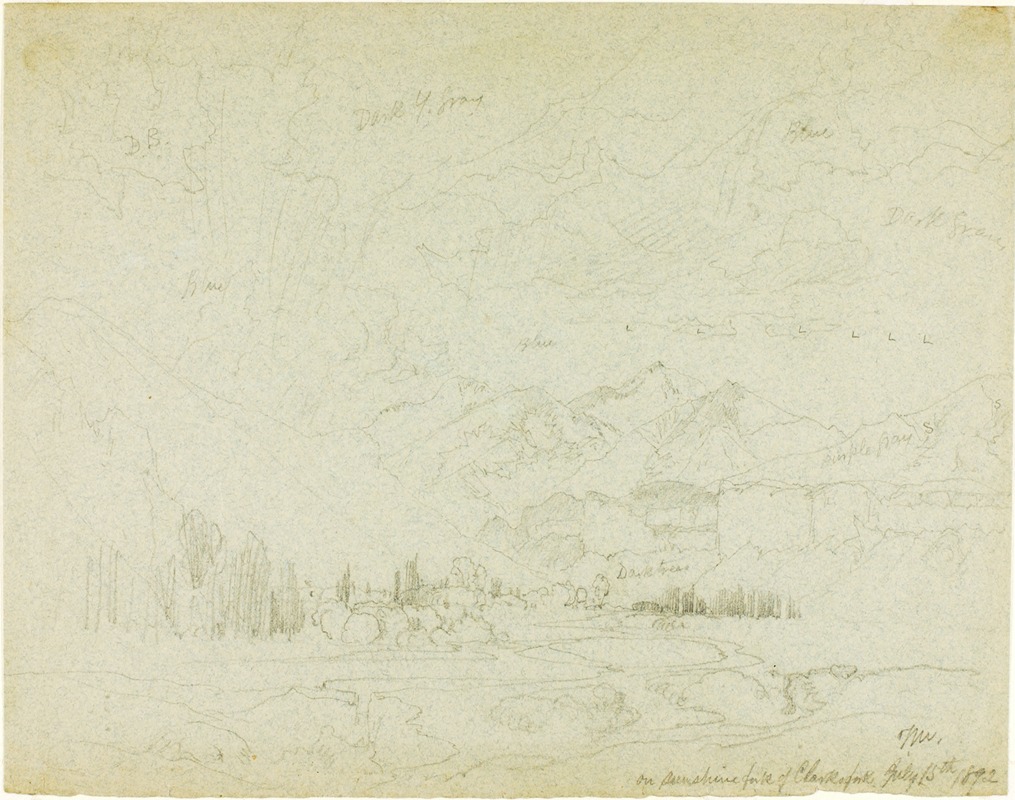
On Sunshine Fork of Clark’s Fork
A hand-painted replica of Thomas Moran’s masterpiece On Sunshine Fork of Clark’s Fork, meticulously crafted by professional artists to capture the true essence of the original. Each piece is created with museum-quality canvas and rare mineral pigments, carefully painted by experienced artists with delicate brushstrokes and rich, layered colors to perfectly recreate the texture of the original artwork. Unlike machine-printed reproductions, this hand-painted version brings the painting to life, infused with the artist’s emotions and skill in every stroke. Whether for personal collection or home decoration, it instantly elevates the artistic atmosphere of any space.
Thomas Moran's painting "On the Sunshine Fork of Clark’s Fork" is a notable work by the American painter renowned for his depictions of the American West. Moran, born in 1837 in Bolton, England, immigrated to the United States with his family in 1844. He became one of the leading figures of the Hudson River School, a group of artists known for their romantic landscape paintings that emphasized the natural beauty of the American wilderness.
Moran's work is often associated with the exploration and documentation of the American frontier, particularly the Yellowstone region. His paintings played a significant role in the establishment of Yellowstone as the first national park in 1872. "On the Sunshine Fork of Clark’s Fork" is one of Moran's many works that capture the grandeur and majesty of the Western landscape.
The painting depicts a scene along the Clark’s Fork River, a tributary of the Yellowstone River, which flows through Montana and Wyoming. This area is characterized by its rugged terrain, dramatic cliffs, and lush vegetation, elements that Moran skillfully captures in his work. The painting showcases Moran's ability to use light and color to create a sense of depth and atmosphere, a hallmark of his style.
Moran's technique involved detailed sketches and studies made during his travels, which he later used as references for his studio paintings. His use of vibrant colors and dramatic contrasts in light and shadow helped convey the awe-inspiring beauty of the landscapes he depicted. This approach not only highlighted the natural features of the region but also evoked an emotional response from viewers, drawing them into the scene.
"On the Sunshine Fork of Clark’s Fork" reflects Moran's deep appreciation for the natural world and his commitment to preserving its beauty through art. His work was instrumental in shaping public perception of the American West and contributed to the growing conservation movement of the late 19th and early 20th centuries. By capturing the untouched beauty of these landscapes, Moran's paintings helped raise awareness about the importance of preserving such areas for future generations.
Throughout his career, Moran's paintings were exhibited widely and received critical acclaim. His works are held in numerous public and private collections, including the Smithsonian American Art Museum and the National Gallery of Art. Moran's legacy as a painter of the American West endures, and his contributions to American art and environmental conservation continue to be celebrated today.
In summary, "On the Sunshine Fork of Clark’s Fork" is a testament to Thomas Moran's skill as a landscape painter and his role in the cultural and environmental history of the United States. Through his art, Moran captured the essence of the American wilderness, inspiring both admiration and a sense of responsibility towards the natural world.





